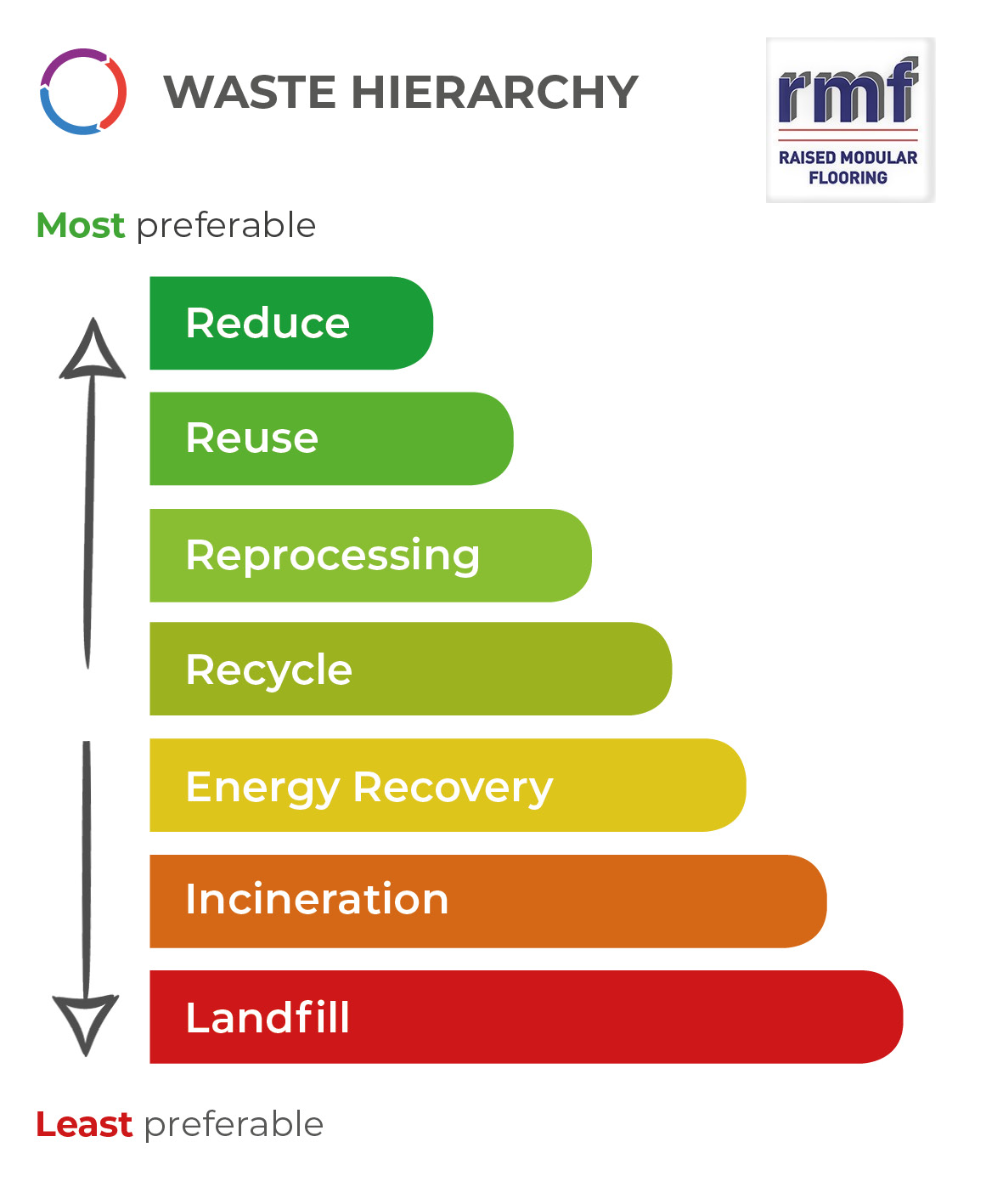- Home
- News
- Is reuse and retrofit the answer to the carbon question?
Is reuse and retrofit the answer to the carbon question?
21 July 2023
The highly publicised proposed demolition of the Marks and Spencer building on Oxford St has garnered much attention from the public and climate activists alike. With the renovation of buildings developers are faced with two options either demolish or retrofit.
The plans to demolish the 1929 original art deco building were met with fierce opposition from climate and sustainability experts. The commentary within the industry surrounded both impact on other heritage buildings in the area, the amount of waste produced and a potential figure of 40,000 tonnes of carbon equivalent generated by the demolition. The result was that Michael Gove has stepped in to block the scheme as of 20th July 2023.
So what is retrofit?
Retrofit is defined as improving an existing building to improve it’s energy performance, reduce heat loss and in many cases utilise as many of the existing features in doing so. The act of retrofitting aims to reduce the CO2e produced by the construction process whilst maximising the benefit and future proofing of our existing building stock.
So what is a practical example of retrofit?
As the experts in reuse of raised floor an example of this might be reclaiming the existing raised floor within the building. The salvageable panels could be taken by RMF, hand cleaned, inspected and randomly tested to ensure they remain suitable for future use. The panels then could be reinstalled into the existing building to minimise waste and carbon of the refit.
Can we continue without retrofit and reuse?
Quite simply it is hard to believe that we can continue. A recent study by the Green Alliance highlighted the following;
The construction sector is the UK’s biggest user of non-renewable materials and the biggest producer of waste. In 2018, the report states, construction, demolition and excavation generated almost two-thirds (62%) of the country’s waste.
Given that much of the raw material used is high in embodied carbon, a failure to make the construction sector more circular will likely mean it is unable to reach net-zero in line with the Government’s legally binding 2050 deadline, Green Alliance warns.
Key to delivering this target will be ensuring that developers can reuse materials already in use without facing unnecessary policy barriers.
At RMF we pride ourselves on our ability to support the construction supply chain from developers, architects to main contractors with making the most of reuse. We also have an established network of other contractors we refer into for other circular economy needs. We can refer you on for anything from carpet to paint recycling and reuse. To discuss reuse in greater detail contact the RMF team on 01926 425289.

Back to News